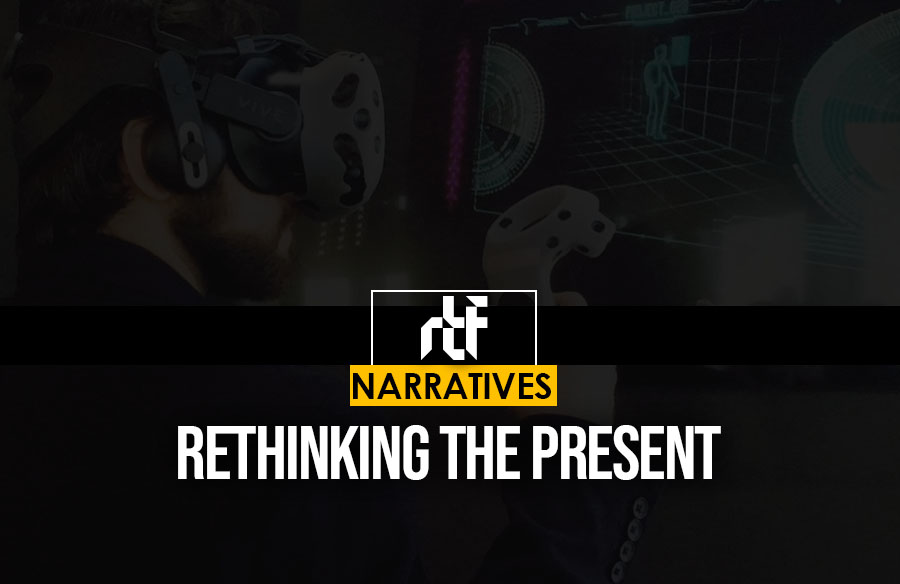Architecture has historical references while developing itself by new styles and movements, and these also address the past and connect with the future. For this reason, this continuation demonstrates that futuristic solutions are inevitable to keep the architecture on track and be applicable in the current situation of the world.
For a better future of daily living, architects began to find new materials for sustainability, using high-tech equipment to fulfill the requirements of the new era, and providing various techniques such as using 3D-printing, BIM technology, and significantly; artificial intelligence.
Future of Architecture: Artificial Intelligence
Architecture’s meaning and functioning change through time because it has a strong relation and mutual effect between the needs of the society. After architecture is in the development stage, it becomes more of a representation of aesthetics and design. For this reason, time didn’t stop architecture; it puts more on it with new era’s needs and necessities.
For instance, nowadays, the term ‘livable, healthy city’ is popular, and to support this, ‘Artificial Intelligence’ is shaping our lives to provide for post-pandemic needs. The healthier city is an aim to stop dystopian scenarios and find solutions for current issues such as climate crisis, pandemic situation, housing, etc.
Artificial Intelligence also aims for a wide range of opportunities to support algorithmic data, computational design, and transformation of new technology by providing virtual reality. These terms correlate with the future of architecture not only to provide new solutions in the world but also aims to create new habitats on other planets, such as Mars.

Artificial Intelligence and Creation of Ideal City
Architecture is a field to think in a three-dimensional way and technology leads architects to use it efficiently; BIM Technology and 3d-printing techniques help time accommodation, and these factors provide a solution for creating the livable, ideal environment. The Ideal City is supporting utopic scenarios for future architecture, and to provide this, artificial intelligence technology has been used mostly.
To increase the number of utopic scenarios for the future of architecture, it is important to determine what could be dystopic and catastrophic elements and how to foresee and take some precautions against these dystopian factors. Bjarke Ingels Group designed a high-tech innovation campus AI City in China and the project has references from especially artificial intelligence, robotics, networking, and big data so that the technology makes an emphasis to create a prototype to balance nature and technology.
For this, Bjarke Ingels said: “In AI CITY, Cloud Valley is envisioned as a city where people, technology, and nature thrive together – with spaces designed for all types of life: human life, plant life, animal life, and even artificial life.”
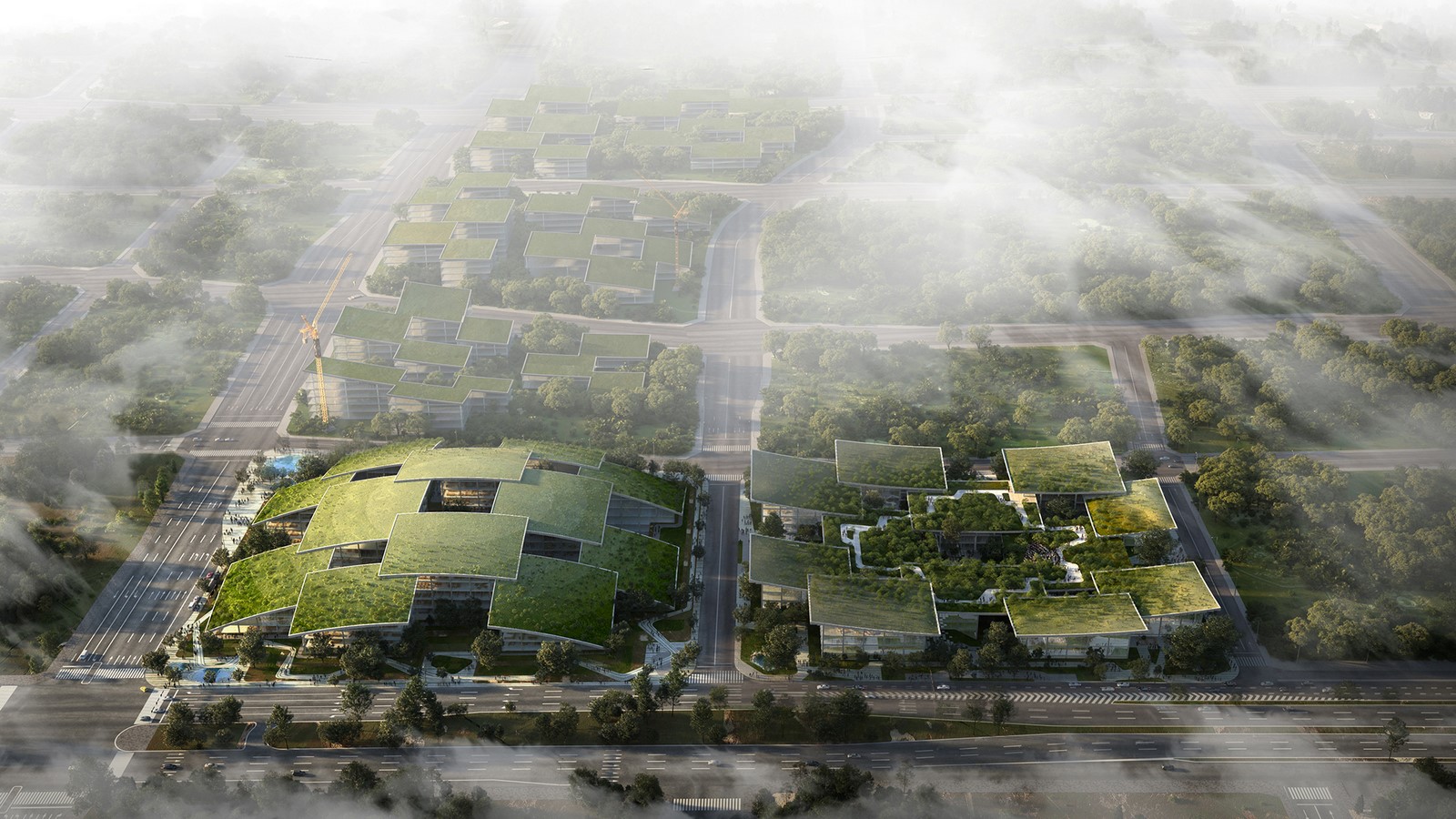

The technology and nature are connected with making two formulations in the master plan; the mountain which is a landmark for a shelter and underneath, it provides public events with high-technology; and the valley which offers accessibility towards nature and open-air events. These modules create futuristic architectural solutions to create balance and provide inside and outside events.
Also, what brings Artificial Intelligence is not the least but one of the most significant key points to project with providing smart mobility systems, e-bikes, robotic vehicles, etc. Moreover, the roofscape allows innovative office programs in terms of combining nature and the working environment. This natural atmosphere supports sustainability with transparent facades and protects itself from solar radiation and heavy rain.

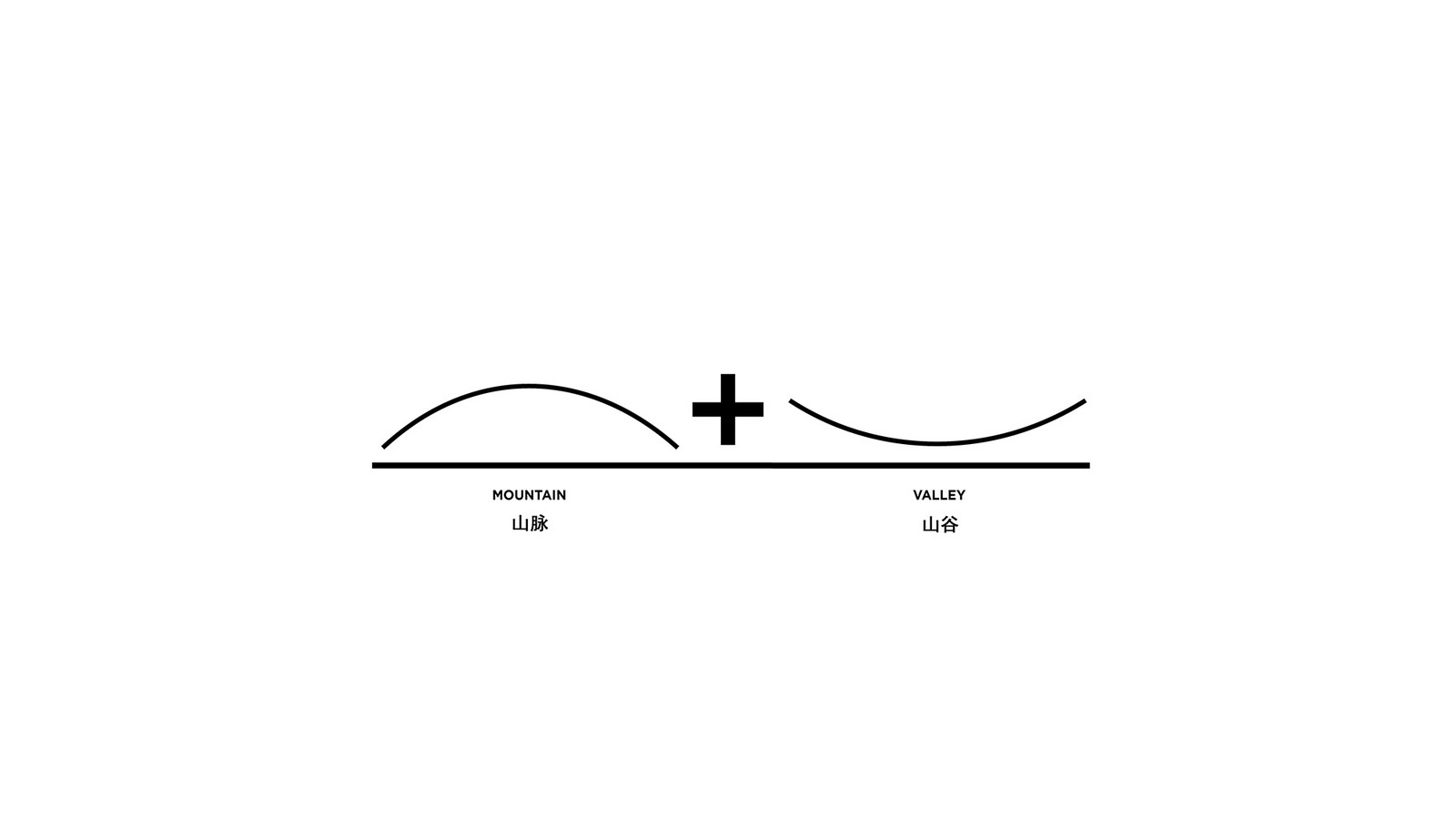
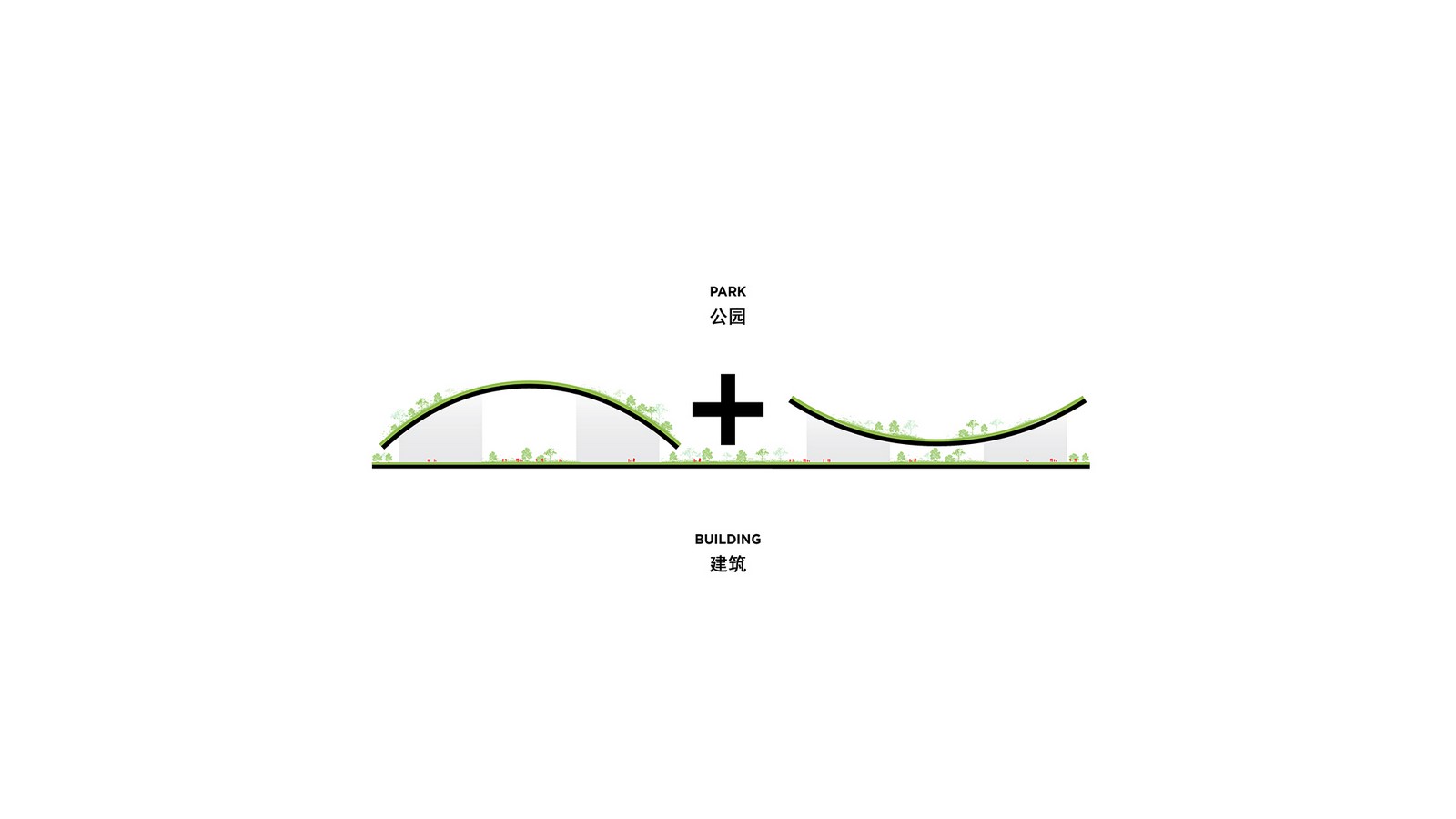
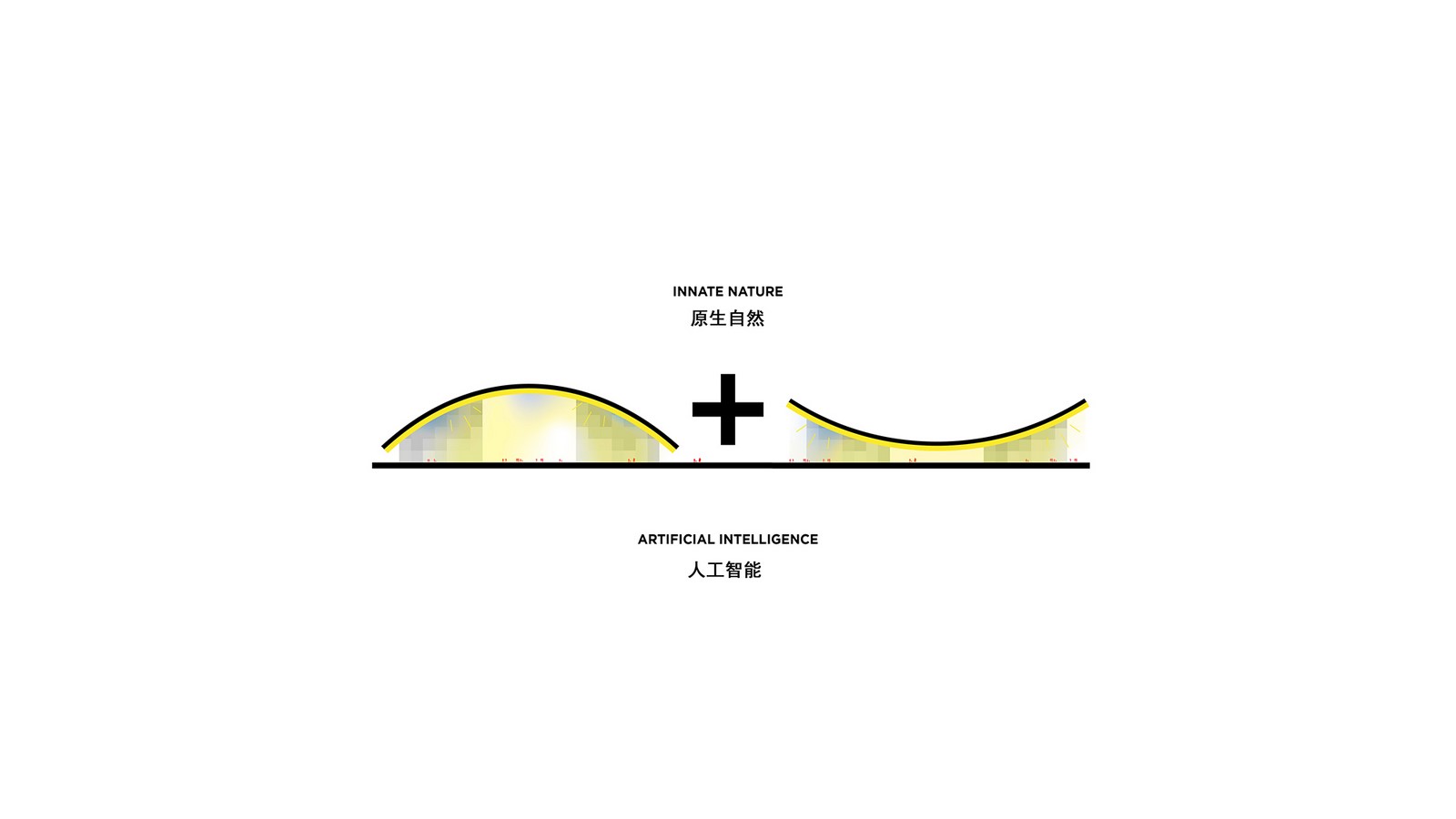
Artificial Intelligence and Transportation: Hyperloop Concept
Artificial Intelligence provides various benefits to architecture besides what is mentioned previously about the creation of an ideal city, it also creates solutions to our daily life necessity; transportation. Transportation is a regional city planning scale problem in most countries because when the population increases, the amount of cars increases accordingly.
For this reason, artificial intelligence is providing new types of automation; the Hyperloop Concept.
According to conceptual works done lately, it provides a connection with Artificial Intelligence by designing the speed of networks and stations, high amount of passenger flows, prevention of future incidents, and automated operation technology.
Hyperloop Concept is a concept for competition projects and Hyperloop Desert Campus Project by PadaLabs is selected as a finalist; the project consists of sustainability with solar panels and it has an automation system of collecting rainwater and recycled grey water to building’s irrigation and passive ventilation system. These systems provide emphasis on the optional scenarios of the future of architecture and with Artificial Intelligence, people can see in a wider perspective and create a methodology for current problems.
For this reason, with the help of Artificial Intelligence, the Hyperloop concept has become a utopic future discovery by using AI technology for designing, operating, and maintaining computational and generational data.
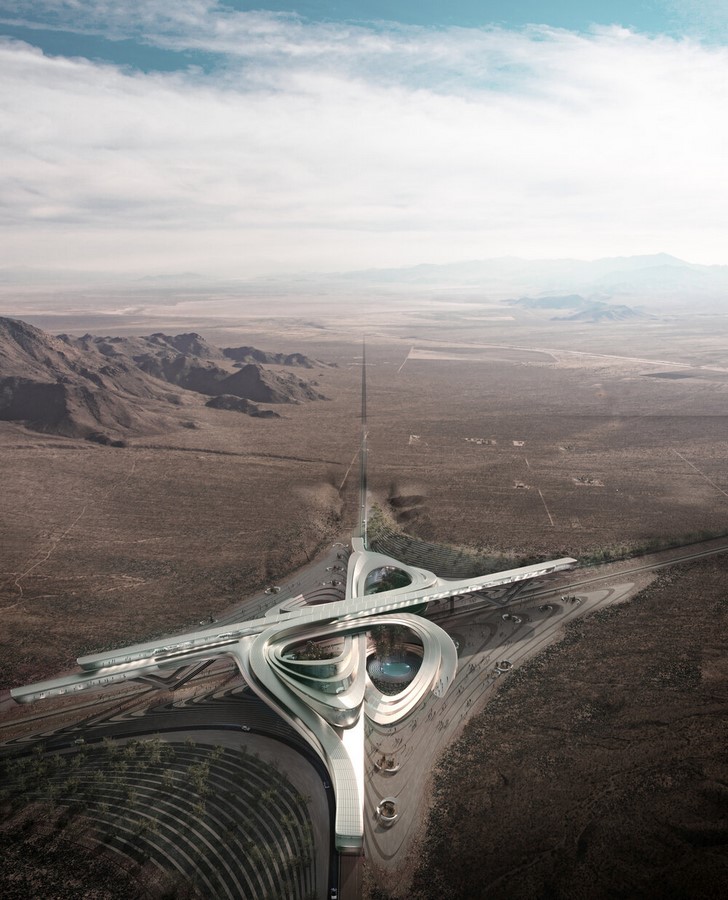
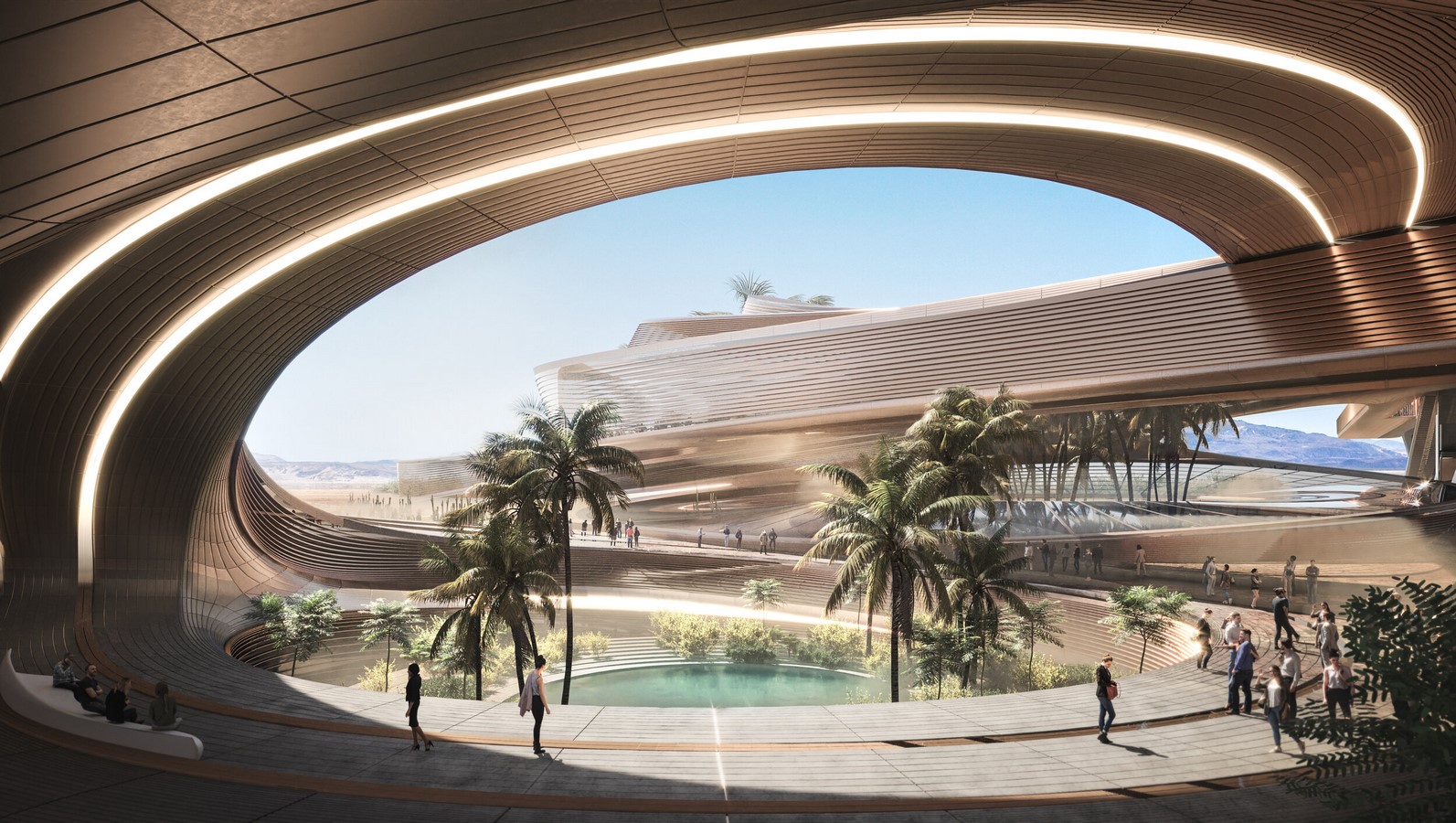
Artificial Intelligence for Mars
While figuring out the high-speed transportation solutions, futuristic scenarios also include finding a way to transport and create a livable habitat on other planets. Especially Mars has potential in research findings for creating a habitat and SAGA Space Architects’ unique works prove it. For instance, they simulated Mars Habitat and the Israeli Desert and the location of the desert is for testing in an analog environment.
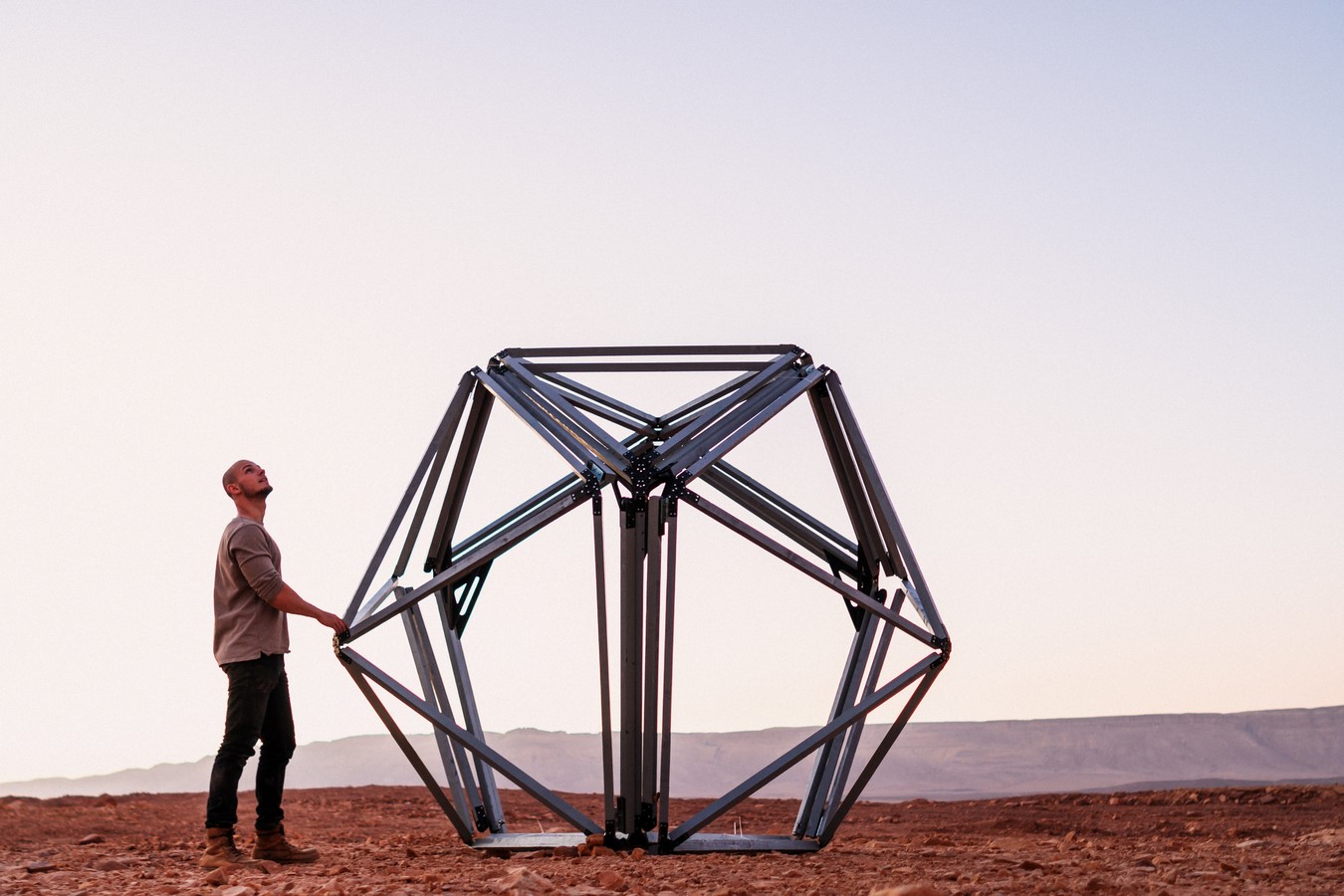

To create a habitat, the purpose is to minimize the load of transportation, and therefore, they use lightweight material which is a membrane. The membrane also has the benefit of flexibility to fold and expand. In conclusion, Artificial Intelligence is being used as a source for the future of architecture by providing significant inventions for a better future.
Therefore, maybe the ideal city is not that far away with these findings; all people need to do is be aware of technology’s benefits and be eco-friendly.
References
- Future Archi, 2021. Artificial Intelligence. [image] Available at: <https://futurearchi.org/t/artificial-intelligence-ai-in-architecture-what-are-the-practical-applications/364#ai-archi> [Accessed 15 May 2021].
- Harrouk, C., 2021. BIG Designs AI CITY, an Innovation Campus Hosting Headquarters of Tech Firm in Chongqing, China. [online] ArchDaily. Available at: <https://www.archdaily.com/948764/big-designs-ai-city-an-innovation-campus-hosting-headquarters-of-tech-firm-in-chongqing-china?ad_medium=gallery> [Accessed 15 May 2021].
- Hyperloop Connected. 2021. Automating the Hyperloop | Hyperloop Connected. [online] Available at: <https://hyperloopconnected.org/2019/12/automating-the-hyperloop-about-the-use-of-artificial-intelligence-in-the-revolution-of-high-speed-transportation/> [Accessed 16 May 2021].
- PadaLabs. 2021. Hyperloop Desert Campus — PadaLabs. [online] Available at: <https://www.padalabs.com/hyperloop-desert-campus> [Accessed 16 May 2021].
- Schires, M., 2021. SAGA Space Architects Design Simulated Mars Habitat in Israeli Desert. [online] ArchDaily. Available at: <https://www.archdaily.com/919709/saga-space-architects-design-simulated-mars-habitat-in-israeli-desert?ad_source=search&ad_medium=search_result_all> [Accessed 16 May 2021].



